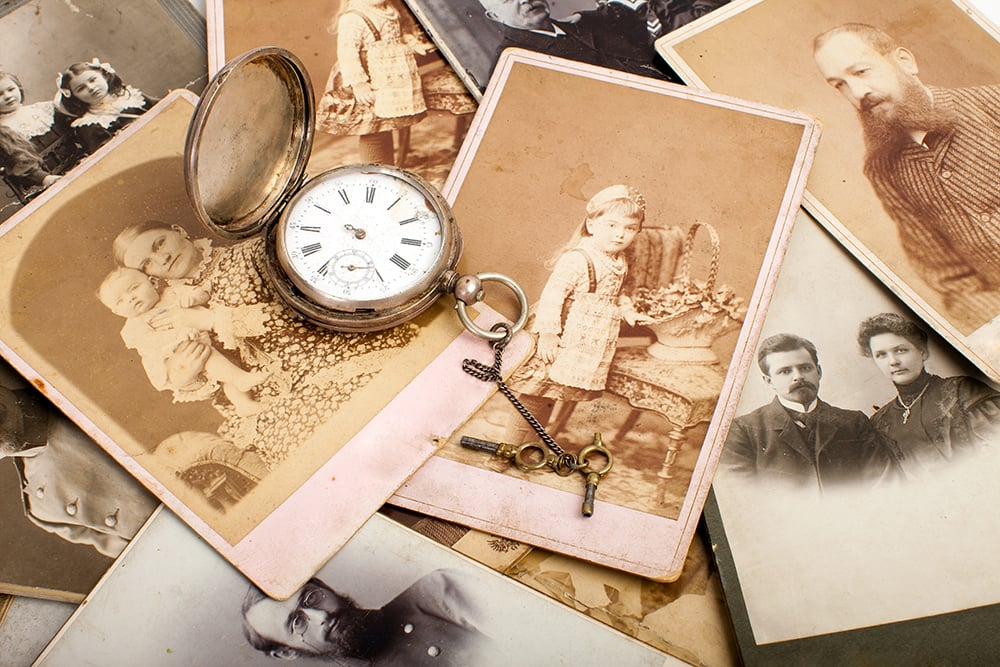With today’s advances in DNA testing and the resulting ability to make connections with previously unknown relatives, it’s easy to see why more and more people are opting to test their DNA to get detailed results. Recently, three women connected through DNA testing and met up at a Sons of Norway lodge in Story City, IA. The women had learned about their ancestors’ immigration to the United States from Sogn, Norway, and that they were among the first settlers in Clear Lake Township, Iowa, in 1869. This led the women to a Sons of Norway lodge to continue their search for information.
If you’re interested in having your DNA tested, and want to dive further into your ancestry, here are some tips to help get you started.
- Decide on which company you’ll use. While Ancestry.com and 23andMe are the most popular, there are several different companies out there and it can be difficult to pick one. Ancestry.com has by far the largest database, which means you’re more likely to make connections with relatives. 23andMe has add-on options, including a detailed health analysis of your DNA (for an additional fee.) You may also want to consider which platforms other family members have used to tie their information to your own. Do some research online to see what each kit offers, and choose the best that fits with what you’re looking to get out of the test.
- Be ready to research. Before you send your DNA to be tested, be prepared to put some time in. Many of the testing companies offer a limited window of time to full access of their databases without paying extra. To get the most out of your kit without spending additional money, be prepared to spend the time researching as soon as you get your results back.
- As you wait for your results to come in, do some prep work by gathering any family history that you already know. Anything you have can give you clues on where to look for additional information. Ask family members if they have any relevant information, or if they’ve done any tests themselves.
- When you receive your results, it’s time to dive into the data and build your ancestry records. Look for any connections with relatives who have already found information, to give you a leg up on building your family tree. For Norwegian ancestry, check out our Genealogy Cultural Skills Program. It features common Norwegian words, information on Norwegian names, and tips on where to search for Norwegian records.
- Share your findings with family members. Now that you’ve put all of this work in researching and connecting the dots, you don’t want anything to get lost. Be sure to pass your records on to other family members to keep the records safe.
It’s important to remember that DNA ancestry is not the same as your heritage. The DNA doesn’t tell you where your family lived, only how much of their DNA you share. Using a DNA test along with researching your family’s history will give you the full picture about your Norwegian ancestors.


This also gives the government access to your DNA and much personal info. So far they have only used it to trace missing persons and crime solving, but who knows how long the government can be trusted to have good motives.